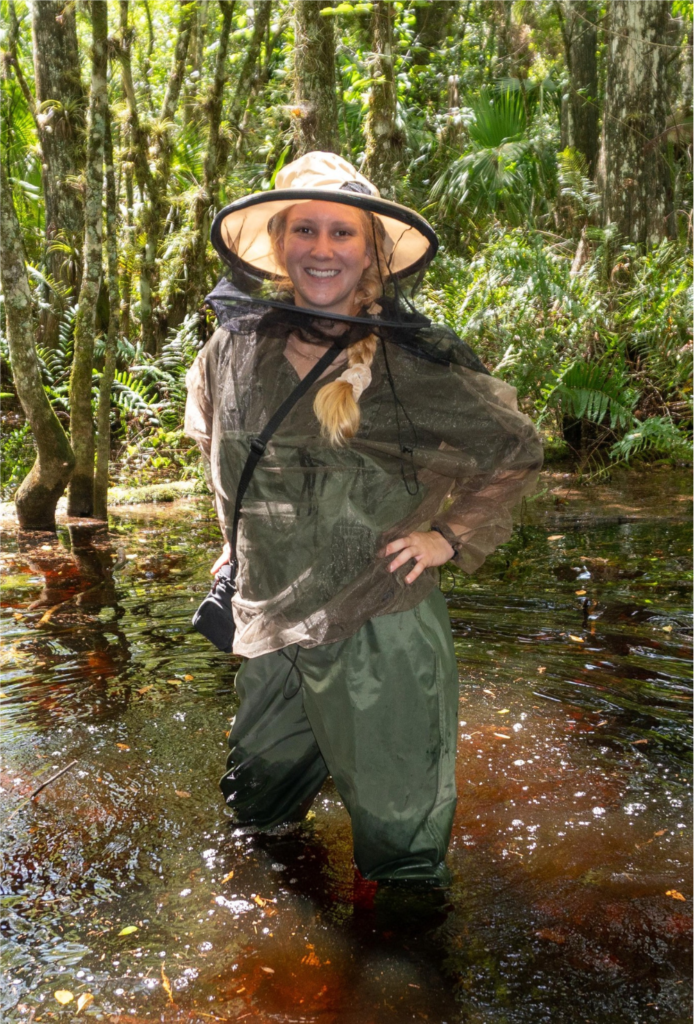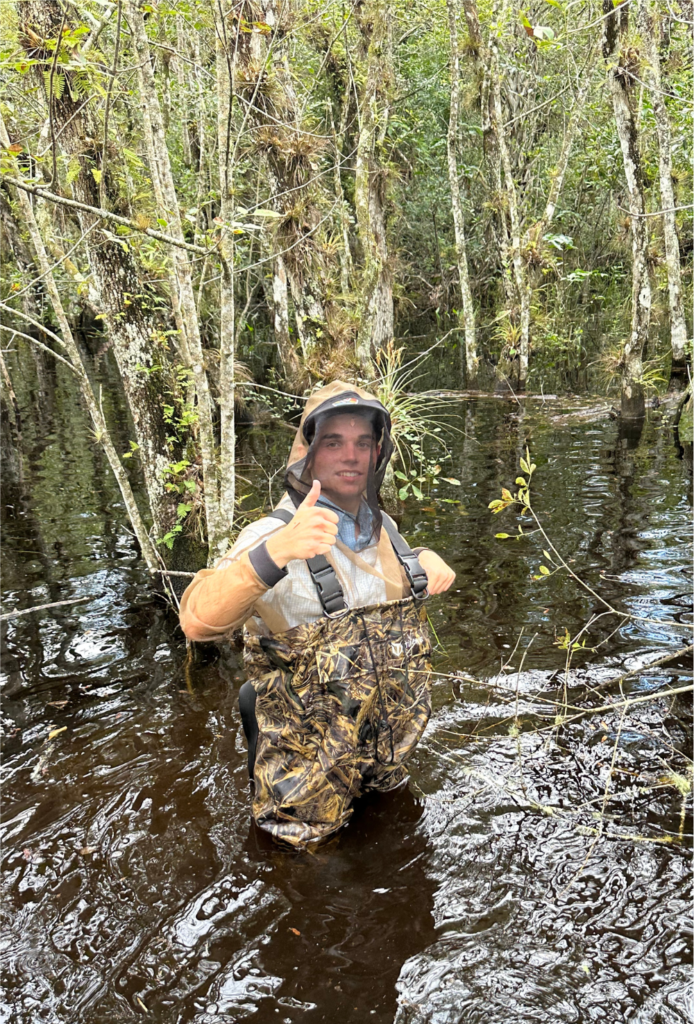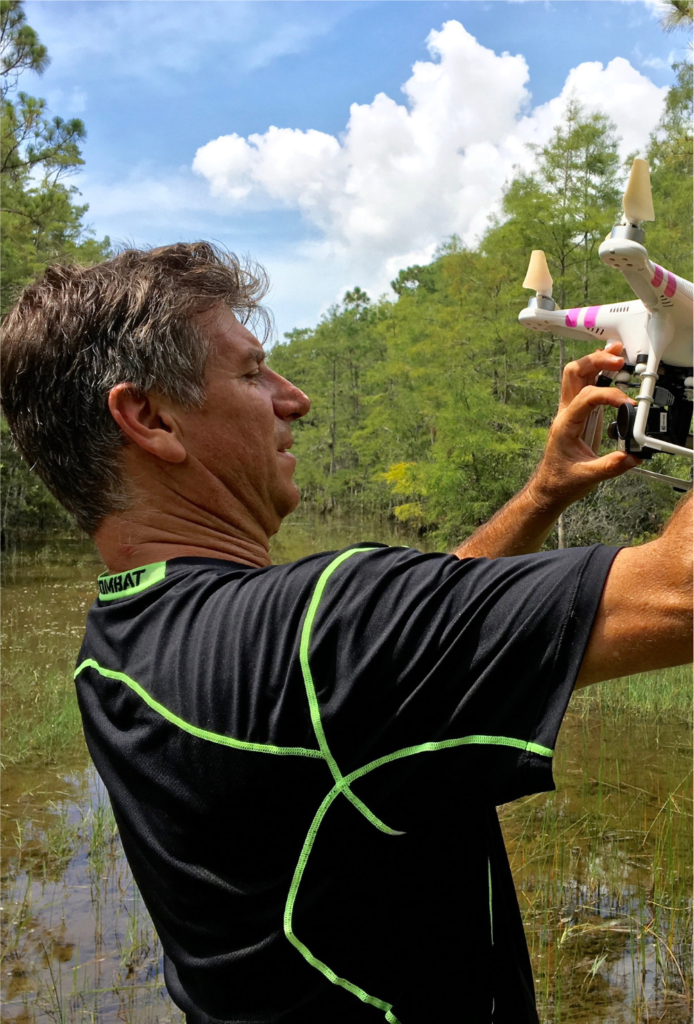Florida manatees are dying in droves this year. Experts blame poor water quality, starvation
Chad Gillis
Fort Myers News-Press
February 28, 2021
FORT MYERS, Fla. – It’s already been a deadly year for Florida manatees.
More sea cows deaths have been documented through the first two months of the year than were recorded during those same two months in 2019 and 2020 combined, according to Florida Fish and Wildlife Conservation Commission records.
Through Feb. 12, the state recorded 317 manatee deaths, though former FWC commissioner Ron Bergeron said he thought the number was closer to 350 sea cows.
Manatee advocates said the die-off is another example of poor water quality.
“It’s something we’ve never really seen before,” said Pat Rose, director of the Save the Manatee Club. “It looks like we have a substantial number of manatees that are starving.”
Rose commended FWC for working through the mortality event while dealing with the coronavirus pandemic.
The past five-year average shows 100 documented deaths each year, with about eight perinatal deaths.
The current rate puts the state on pace to record more than 2,100 deaths this year, which could be as much as a third of the state’s documented population.
‘We’ve had an entire ecological loss’
Boat kills and cold stress deaths are tallied, as usual, according to FWC records. The Indian River Lagoon on the Atlantic side of the state accounts for the majority of losses.
The theory is that sea grass losses there the past few decades have left manatees with too little food to survive.
“It’s disgusting,” said Indian Riverkeeper Mike Conner. “I thought about it and talked to the guides, and they fully believe it’s a case of starvation.”
The state is increasingly dealing with water quality issues, from blue-green algae to red tide and brown algae, Conner said.
“The raw truth of the matter is due to negligence of our stormwater, we’ve had continual algal blooms over the past 10 years, which blocks out sea grass and kills it,” said Indian River Lagoon guide Billy Rotne. “So the manatees are starving to death.”
FWC had no comment as of Wednesday afternoon.
“It’s uncomfortable for agencies to talk about,” Rotne said. “There’s no food up here. We’ve had an entire ecological loss. Look on Google Earth. It’s gone. All the meaningful acreage of sea grass they depend upon is gone.”
FWC commissioners were expected to meet Thursday and Friday, when the catch-and-release restrictions on snook, trout and redfish and the addition of the black rail to the state’s endangered and threatened species list will be considered.
The catch-and-release regulations started in the wake of a devastating red tide bloom, which ravaged the Southwest Florida coast – particularly Lee County – during a 16-month period from the fall of 2017 until the spring of 2019.












